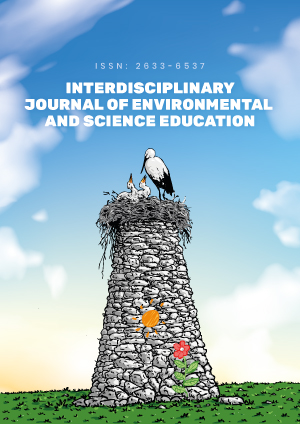Abstract
Zoos are in a unique position to affect the development of youth in ways that are consistent with cultivating pro-environmental behaviors. The purpose of this study was to examine three intrinsic traits of youth important to the goals of conservation education: prior knowledge about animals, interest in animals, and value for animals. The framework of this study is the conceptual model of learning that posits that any changes that occur during a single visit to an informal learning institution (such as a zoo) will be affected and informed by the intrinsic traits of the individual and various external factors. This study explored three intrinsic traits predicted to be important for informal learning. The research design followed a constructivist design meant to capture measurements of prior knowledge, interest, and value from the participants’ own perspectives. This study describes these three traits in a sample of 37 youth between the ages of 7 and 14, largely zoo members, attending the zoo with their parents. In particular, I describe unique methods of measuring these three traits including a drawing activity meant to assess the children’s construction of knowledge about animals, and questionnaires meant to assess the youth’s interest and value. The data analysis in this paper provides descriptions of the three traits as they are constructed among the youth participants in order to inform future correlations between intrinsic traits and in-zoo behavior. The results of the study indicated that youth organize their knowledge about animals around ecological and morphological concepts and that this forms the basis for their interest in and value for animals.
License
This is an open access article distributed under the Creative Commons Attribution License which permits unrestricted use, distribution, and reproduction in any medium, provided the original work is properly cited.
Article Type: Research Article
INTERDISCIP J ENV SCI ED, Volume 17, Issue 4, 2021, Article No: e2246
https://doi.org/10.21601/ijese/10939
Publication date: 28 May 2021
Article Views: 3360
Article Downloads: 2023
Open Access References How to cite this article
 Full Text (PDF)
Full Text (PDF)